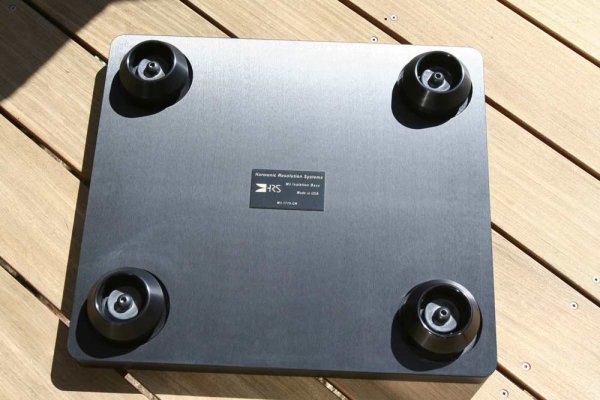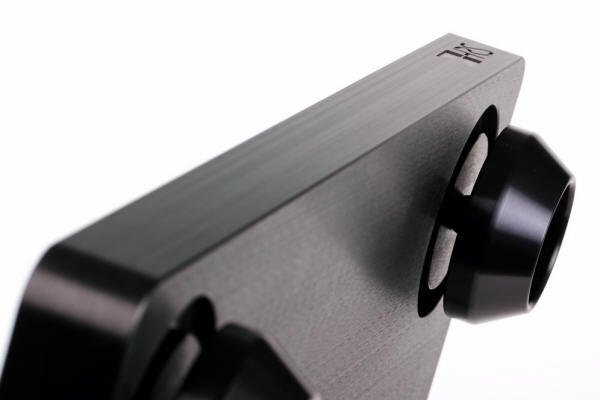Before I decided on using David's special American Sound turntable stand I was planning to use my very heavy current turntable stand. But I did not want to use the MDF VPI top I had from my VPI TNT days.
After researching a lot of materials I came up with a sandwich of 3/4" of lead in the middle with 1/4" stainless steel on top and bottom, both plates of steel “blanchard ground" perfectly flat. The lead would be epoxy coated so no lead dust could escape. The 1 1/4" sandwich would weigh about 180 pounds.
I found one company which would fabricate the entire thing for me at a non-audiophile price (about $1,800), including the blanchard grounding which apparently is fairly expensive by itself and crazy precise (flat to something like .001" over the 27" X 20" surface).
This was my personal, ultimate, quasi-DIY solution for a damped table-top for a rack or shelf.
After researching a lot of materials I came up with a sandwich of 3/4" of lead in the middle with 1/4" stainless steel on top and bottom, both plates of steel “blanchard ground" perfectly flat. The lead would be epoxy coated so no lead dust could escape. The 1 1/4" sandwich would weigh about 180 pounds.
I found one company which would fabricate the entire thing for me at a non-audiophile price (about $1,800), including the blanchard grounding which apparently is fairly expensive by itself and crazy precise (flat to something like .001" over the 27" X 20" surface).
This was my personal, ultimate, quasi-DIY solution for a damped table-top for a rack or shelf.





